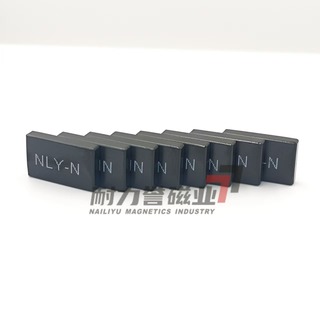If magnetic materials are classified according to their chemical composition, they mainly include the following types:
1、 Metal (alloy) magnetic materials
Metal (alloy) magnetic materials are mainly composed of transition elements such as iron (Fe), cobalt (Co), nickel (Ni), and their alloys. This type of material has significant magnetism and is an important component of magnetic materials. Common metal magnetic materials include electrical steel, nickel based alloys, rare earth alloys, etc. Before the 1950s, metal magnetic materials were widely used, especially playing an important role in the power and motor industries.
2、 Inorganic (oxide) magnetic materials
Inorganic (oxide) magnetic materials are mainly composed of 3D transition group magnetic oxides, such as ferrites. Ferrite has excellent characteristics of high resistivity and low high-frequency loss, which makes it widely used in industries such as radar and radio. Since the 1950s, ferrite has gradually replaced some metal magnetic materials and become an important branch in the field of magnetic materials.
3、 Organic compound magnetic materials
Organic compound magnetic materials refer to magnetic materials containing organic components. This type of material is relatively rare in the field of magnetic materials, but with the development of science and technology, the research and application of organic magnetic materials have gradually attracted attention. They have unique physical and chemical properties and may exhibit unique advantages in certain specific fields.
4、 Composite magnetic materials
Composite magnetic materials are made by combining two or more magnetic or non-magnetic materials through certain processing methods. This type of material combines the advantages of each component and has excellent comprehensive performance. Composite magnetic materials have broad application prospects in the field of magnetic materials, such as magnetic recording materials, magnetic sensors, etc.

